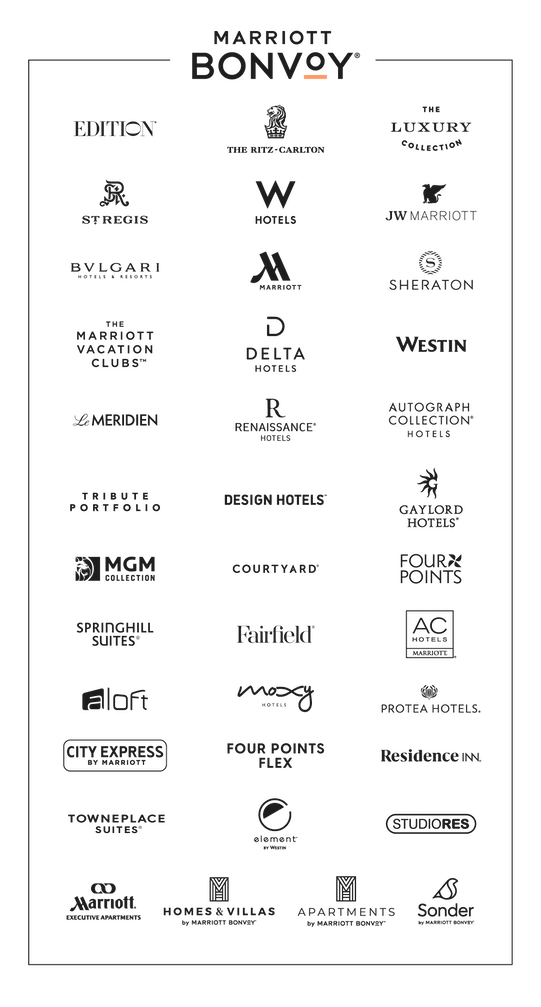Authentic Local Experiences Are Authentic From the Start
Hitting up a new destination and seeing the area’s highlights is part of the fun of meetings for attendees. But increasingly, that alone isn’t enough. Today’s attendees want cultural immersion, with multiple travel trend experts citing travelers’ heightened desire to make authentic connections with the communities they visit rather than treating destinations as places to be checked off a bucket list.
Incorporating local connections into your meeting can help make your event more memorable. It can also help ensure that the meeting is having the right kind of impact on a host community—contributing to it rather than draining or exploiting it.
But to make that happen, cultural immersion can’t be an afterthought. Like inclusion and diversity, cultural authenticity needs to be a part of your organizing principle if it’s going to truly add value to your meeting for all stakeholders. Here are three guidelines to keep in mind as you strive to make your events more culturally immersive.

Incorporate Local Makers
Local caterers who can offer attendees a sampling of tastes from the area are just the beginning. Look at every vendor you bring in and ask yourself whether there’s an opportunity to have them contribute to an authentic, local vibe.
Swag is a clear place to start: Partnering with local makers to include their wares in your swag bags or welcome gifts infuses the event with a take-home memory. If your budget allows for generous freebies and you want to include more general items that are branded with the event or client, inquire about local manufacturers that can supply the goods—and then include a note in your swag bag about how all items are local, reinforcing the message you’re after.
But look beyond the showstoppers like swag. At the 2023 iteration of Marriott’s THE EXCHANGE, Travel Partners Conference in Waikiki, Hawai‘i, meeting planners used badge lanyards made of seashells, which were crafted by local artisans.
Build on Your Existing Inclusion Principles
While cultural immersion isn’t the same thing as inclusion, the principles are often related. Examine your current diversity, equity, and inclusion principles and action plan and look for places where you can leverage what you’ve already done to go deeper culturally.
Take land acknowledgements, an increasingly popular activity at the beginning of meetings that’s meant to honor the original, Native caretakers of the land where the event is taking place. While it’s everyone’s responsibility to honor the land, not just the responsibility of people who identify as Native, bringing in local Native leaders to conduct a short ceremony at the start of the event can help immerse attendees in an area’s culture from the beginning. Take it beyond the first day by working with local Indigenous leaders or reaching out to the American Indian Alaska Native Tourism Association for ways to deepen attendees’ appreciation of an area’s original inhabitants and how those communities continue to be a part of local culture.
Talk with all types of culturally representative stakeholders to gather their ideas. Think outside the box about what “culturally representative” means—can you source ideas from people who have generational roots in the area, along with newcomers? A born-and-raised resident may know twists on classic local draws that go beyond the expected, while people who chose to move to the destination may add their own cultural flair to the mix.
Feature the Destination at Every Touchpoint
Luring attendees with city tours and excursions once the meeting is announced might work, sure. But some attendees might prefer a DIY approach that lets them feel like a local from the get-go. Try rooting attendees in the destination with a mini orientation guide at sign-up that includes pronunciations of local attractions (such as New York City’s “HOW-ston” street or Portland, Oregon’s “will-AM-it river”), tips for fitting in like a local (do people tend to dress up, or is the vibe more relaxed?), ideas for day trips or bleisure opportunities before or after the meeting, and the best selfie spots for showing off on social media.
Integrating the destination into your programming beyond entertainment can pay off too. Bringing in local speakers and panelists won’t add accommodation costs to your budget and can anchor attendees. Again, think beyond the expected: A panel on artificial intelligence would naturally feature experts from the host industry, but if there are local voices who could speak to the issue, all the better—even if that voice is simply a local business owner who has incorporated a chatbot into their website. It may be more legwork up front to spell out the connection for stakeholders and attendees, but going beyond the usual suspects within your programming will help make your meeting unforgettable.

